| Back to Back Issues Page |
 |
|
Understanding Pen Pearls June 10, 2015 |
Hi,Understanding Pen Pearls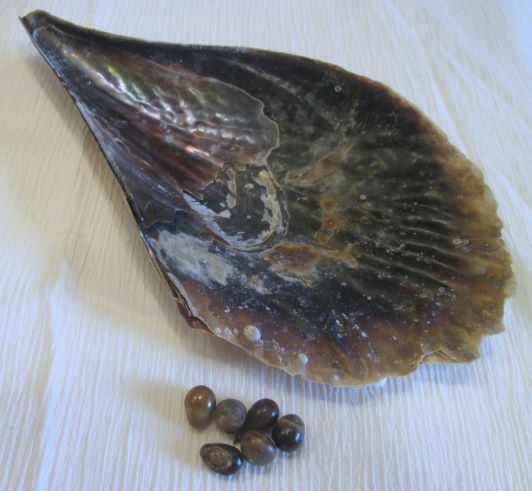 Pen Pearls with Wing Shell Pen pearls is the most common name for pearls from the Pinnidae shell family, which are commonly called "Wing Shells" or "Fan Clams". A few other terms used for the pearls are Gayo in Baja Mexico, where the shells are gathered for the meat, Atrina and Pinna. The Pinnidae family consists of three genera, or subcategories including Pinna (47 species), Atrina (16 species), and Streptopinna saccata (1 species). Pinnidae shells are fan shaped and fragile. The pointed end is buried in sand and held by byssal threads, known as sea silk which has a burnished gold luster and was spun and woven, mostly in antiquity, for making gloves, etc. A small portion of the wide part of the shell protrudes from the sand. In "Observations on Pearls Reportedly from the Pinnidae Family (Pen Pearls)" by Nicholas Sturman, Artitaya Homkrajae, Areeya Manustrong, and Nanthaporn Somsa-ard, it is explained that "This unique form, reminiscent of the quill pens once used as writing tools, gives the shell its name." Atrina shells have a continuous nacreous layer and in Pinna shells the nacreous layer is discontinuous. Pen pearls can be either nacreous or non-nacreous as seen in photo #2 which includes a large hollow nacreous pen pearl surrounded by lovely black non-nacreous drop shaped pen pearls. 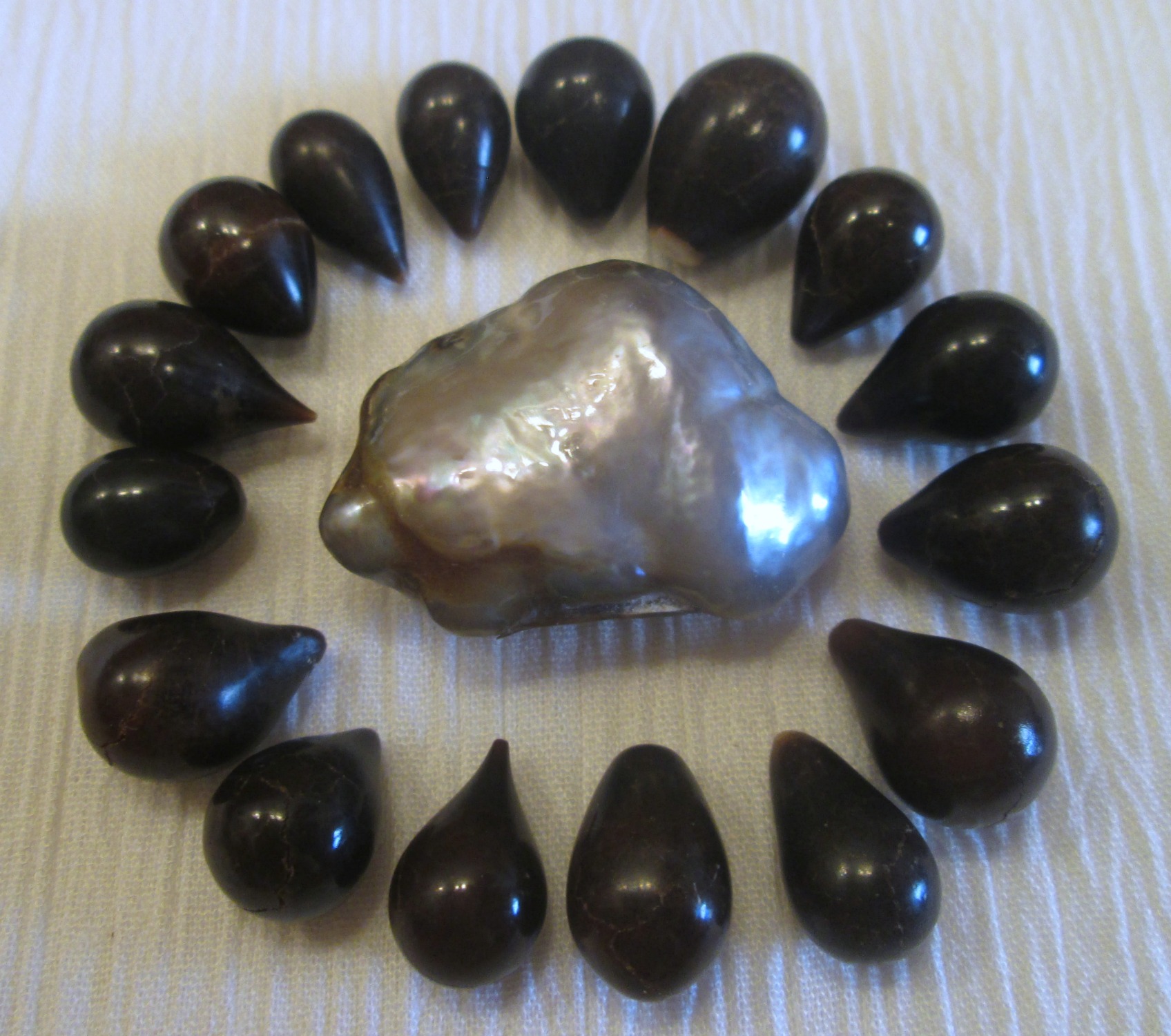 Nacreous and Non-naceous Pen Pearls Benjamin H. Grave is quoted in "Anatomy and Physiology of the Wing Shell, Atrina rigida" as saying, "As many as ten pearls have sometimes been found in a single individual. At a rough estimate I should think pearls would be found in about one-fifth of the individuals." Wing shells can be found many places around the world - too numerous to mention for my purposes in this summary article - and the meat is commonly eaten. The shell in the first photo was found in North Carolina the pearls were found in Baja Mexico. A unique characteristic of about 80% (an estimate of a friend who sees lots of pen pearls) of non-nacreous pen pearls is crackling which decreases their value as compared with other natural pearls of the same sizes and shapes. Crack densities vary from slight depressions to quite obvious cracks as seen in the two photos. There may be suitable methods to stabilize or hide the cracks but I have not done any experimenting with that. I'd be interested to hear of any methods you have tried successfully. 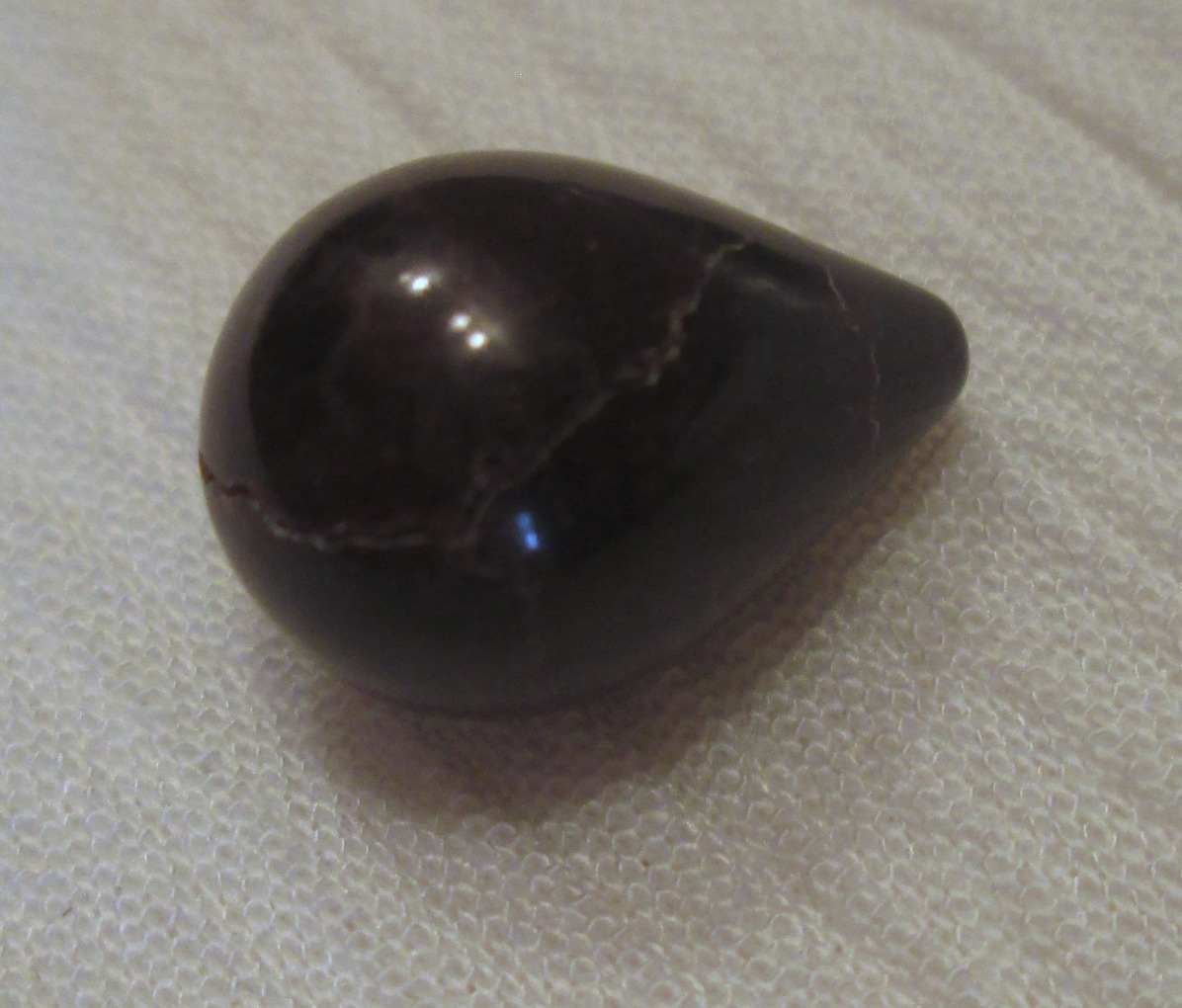 Pen Pearl with Crackling 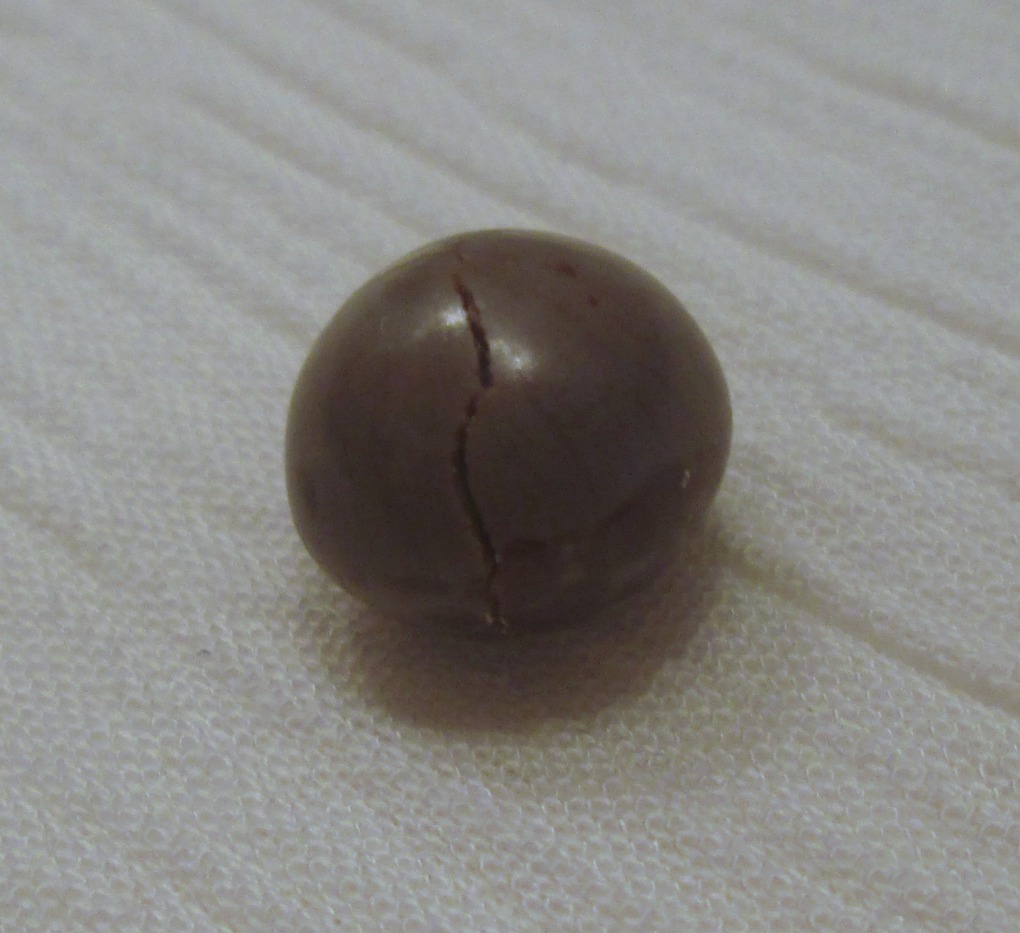 Pen Pearl with Crack It has been my personal experience that the surface of non-nacreous pen pearls is very soft and can easily be scratched and penetrated as the last photo shows. I was wrapping this pearl with sterling silver wire and as I tinkered with the wire with my pliers, I found I could not avoid destroying the surface quality of the pearl. Oh, dear, maybe there is also a way to stabilize the surface of the pearl with, of course, full disclosure of any treatment applied. 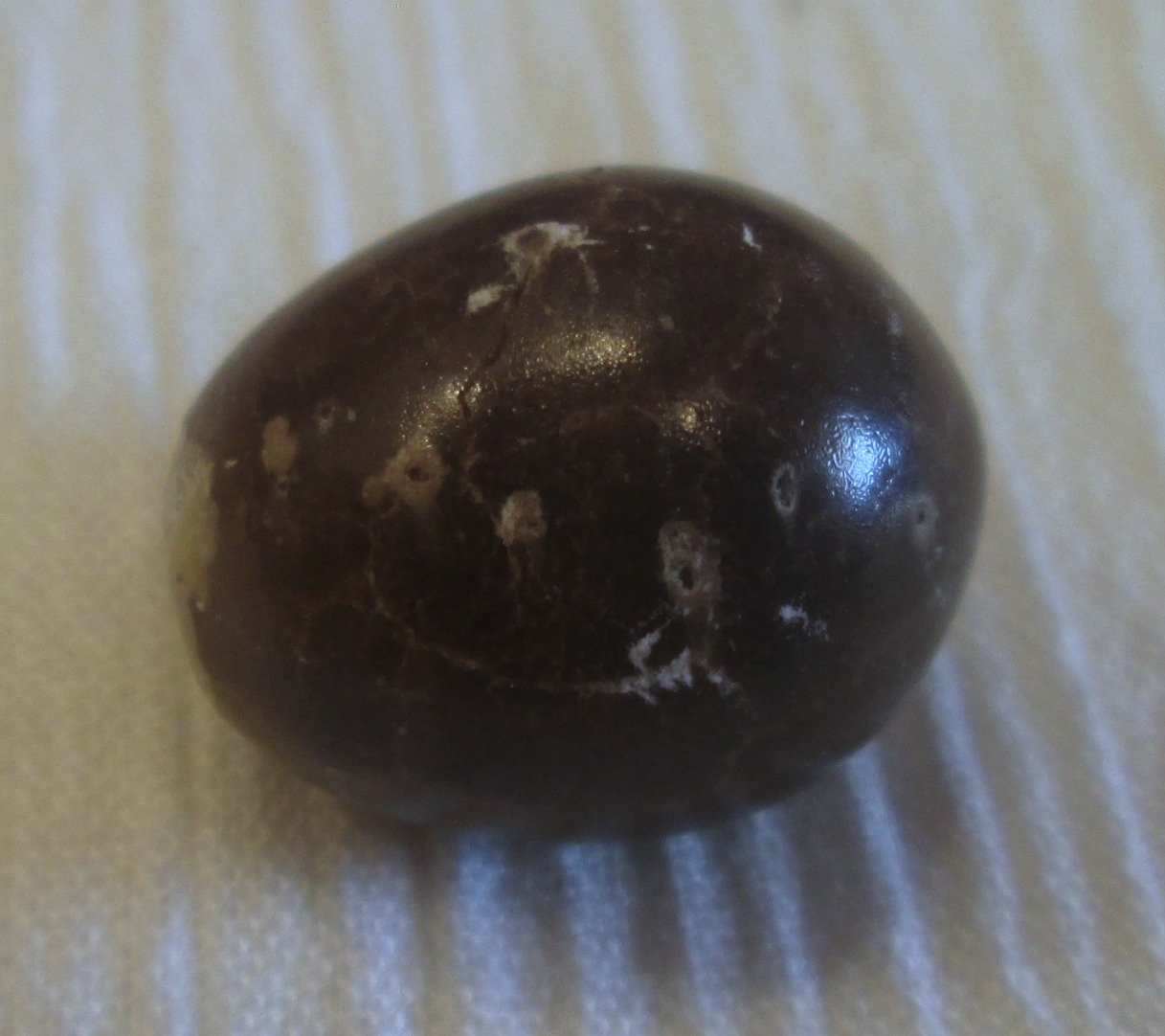 Pen Pearl with Scratched Surface I will close this overview of pen pearls with a quote from "Observations on Pearls Reportedly from the Pinnidae Family (Pen Pearls)" and I highly recommend that you read that entire article for a very thorough description of the chemical composition and external and internal structure of pen pearls. "Pen pearls are among the least appreciated pearls due to durability issues and their rather plain appearance. Yet they possess one of the most wonderful internal structures of all mollusk creations, and the surface patterns revealed by magnification are truly remarkable works of nature that all pearl aficionados would do well to observe. The columnar structures in their radiating forms produce unique specimens that allow light to be transmitted along their length to varying degrees, causing some pen pearls to appear semi-translucent to the unaided eye. Not many pearls can lay claim to this characteristic." Thanks for reading my newsletter and enjoying my website about natural pearls. Let me know what you would like to learn about pearls! Kari |
| Back to Back Issues Page |